Child’s play: Daniel Buren showcases his new installation at the Museo Espacio
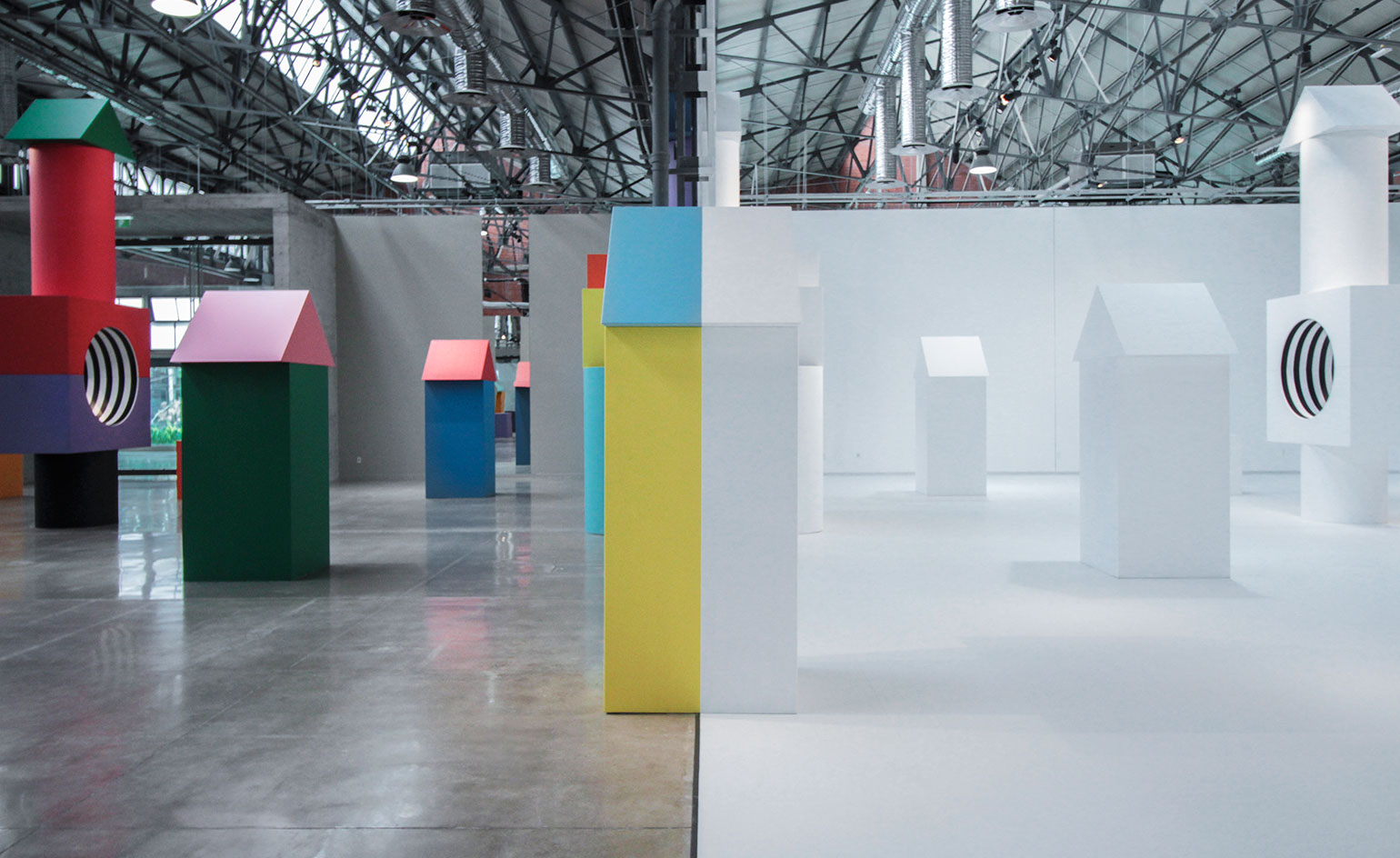
When the French abstract minimalist artist Daniel Buren – aka ’the stripe guy’ – first discovered the murals of Mexican social realist painters David Alfaro Siqueiros, José Clemente Orozco and Diego Rivera during his maiden voyage to the country in 1957, he says, ’I discovered that I was not only seeing something totally different from the school of Paris and nearly the entire century before, but that the artists were extremely aggressive against the school of Paris.’ Intrigued by this position – especially considering Siqueiros and Rivera also worked in Paris and still chose to the highlight the discrepancies between the French people and the bourgeois message of their country’s artists — Buren says he became ’more open to everything’.
’When the Mexican revolution took place, [the muralists] wanted to take part, and they invented a way to speak to the people – most of whom could not read or write,’ adds Buren. ’This explains why their work is extremely instructive, extremely descriptive. One of the fantastic aspects of their work was that it was done for the site, which meant they were created for the public, for the architecture, and for a certain reason – and so, the works were not transportable.’
Even if he wasn’t totally sold on the muralist aesthetics, Buren was moved by the meaning behind the work, and how it offered a platform – or model – for successfully injecting provocative art into non-traditional contexts. During the late 1960s and early 70s he took on the roll of a street artist with his iconic strip motif: pasting striped posters (or affichages sauvages) around the Metro stations of Paris, striping Los Angeles bus benches and hanging small striped canvases between buildings in Lower Manhattan. Off the streets, he famously dropped his stripe motif into a rotunda-dividing painting at the Guggenheim and on the controversial Buren’s Columns dotting the courtyard of the Palais Royal. More recently, Buren has lent his aesthetic to high-wattage institutions: covering Frank Gehry’s ’glass sails’ with multicoloured filters at Fondation Louis Vuitton – which the artist likens to ’colouring a wall’ – and installing his Como un juego de niño at the new Museo Espacio, a contemporary art museum carved out of a series of former railway workshops in Aguascalientes, Mexico.
’This exhibition is typical of the work that I’ve been doing since the mid-70s, like Exploded Cabins, playing with the concept that a certain work is done with elements that belong to a specific space,’ says Buren of his sprawling mise-en-scene of large scale toy sculptures, which were previously exhibited at the Museum of Modern and Contemporary Arts in Strasbourg and the Museo MADRE in Naples. Comprised of giant wooden cylinders, cubes, arches – half painted white, half in primary colours – the chromatic architecture is punctuated by series of his striped bands, which meld minimalism and op art in a manner that might appeal equally to fans of KidKraft blocks and Victor Vasarely paintings.
To address the enormity of the space, Buren created an installation that is ’more generous, more open’, he says. ’While using the same elements, we get much closer to the feeling of a village, a place where everyone can walk and turn around, discover a new perspective. I played with the abstract qualities of the space and the universal aspect of the objects – toys exist everywhere in the world – knowing that the objects change the space and are in turn being changed by the space.’
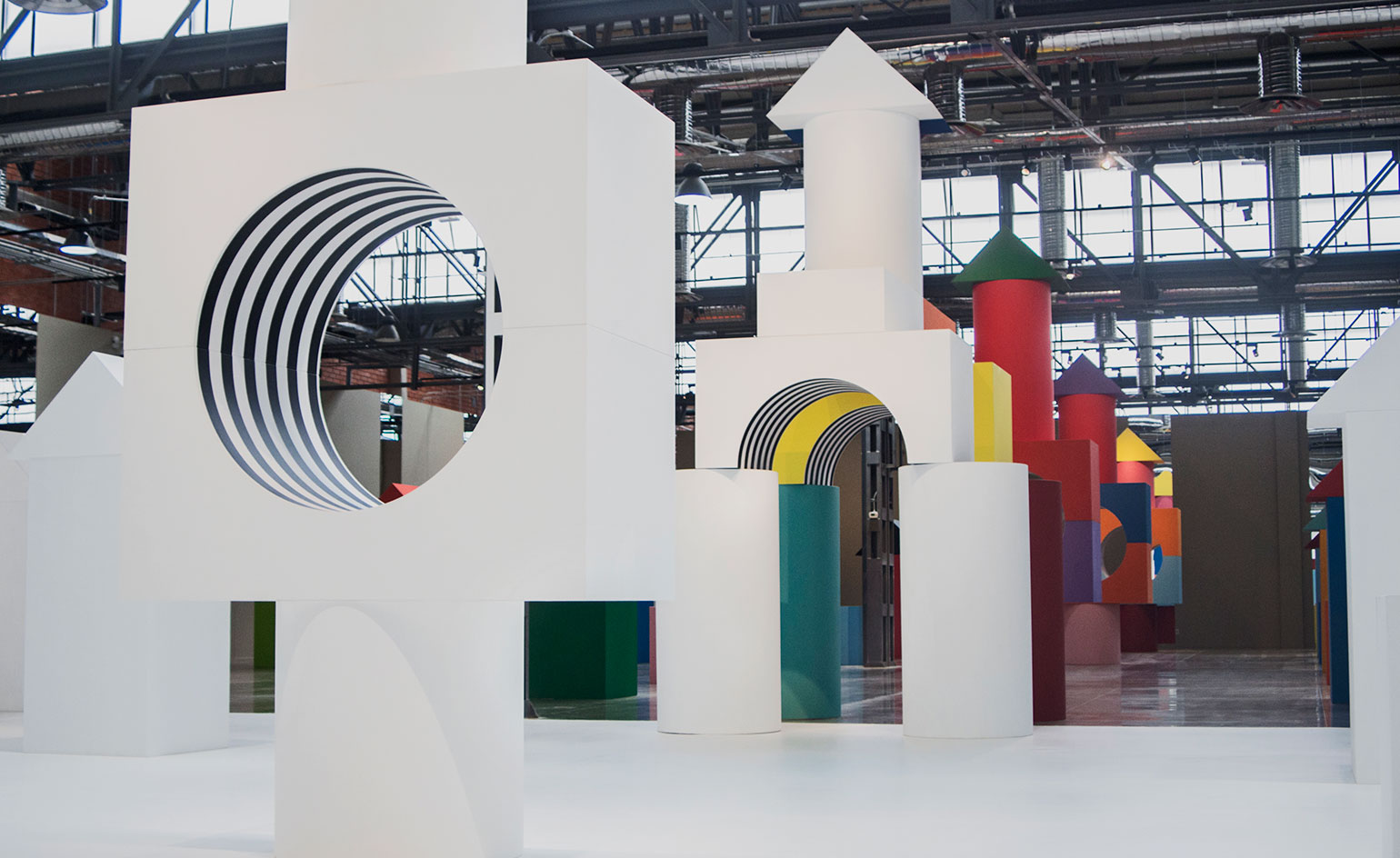
The work is a sprawling mise-en-scene of scaled up toy sculptures, giant wooden cylinders, cubes and arches painted half in black and white and half in primary colours
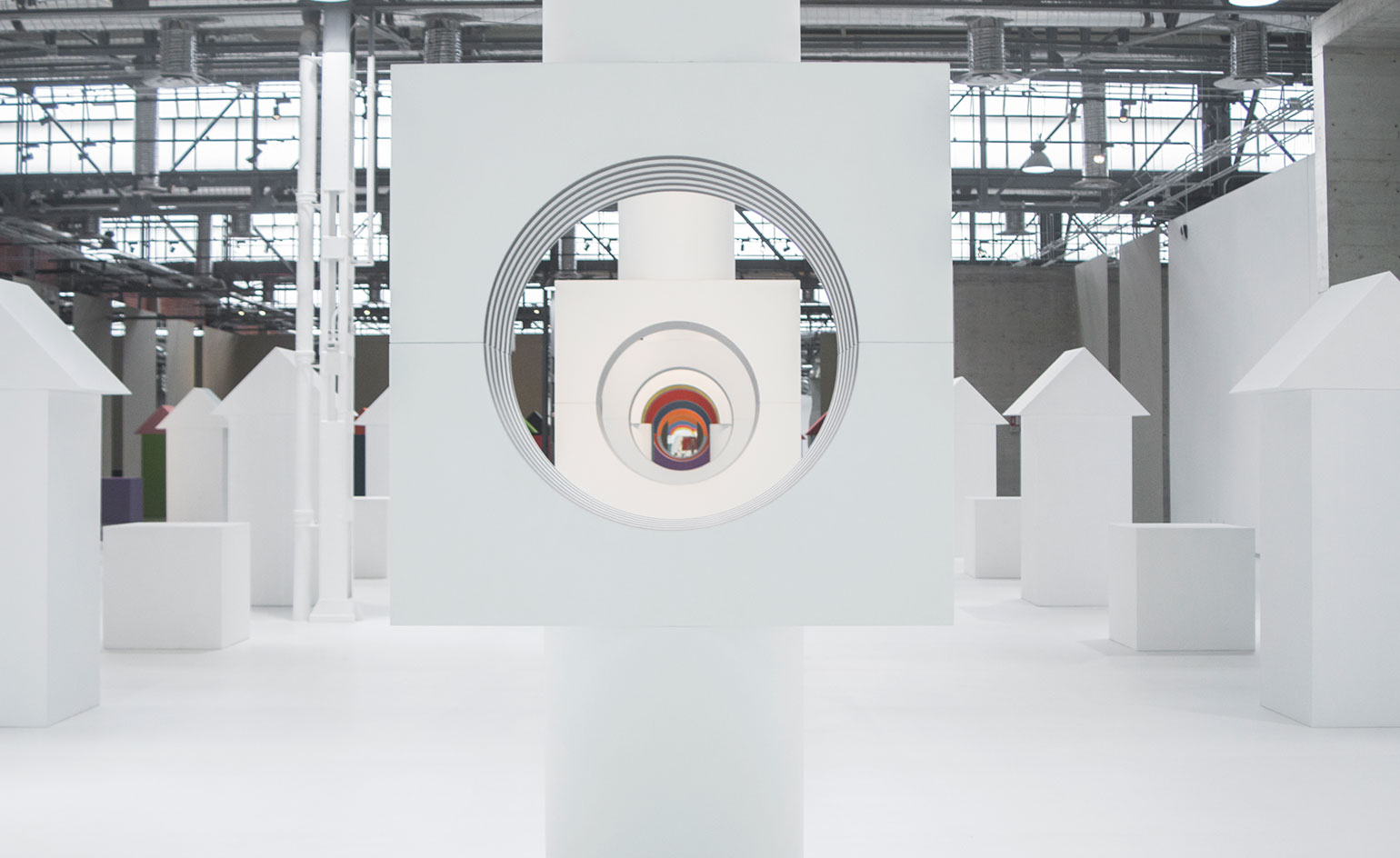
The exhibition is typical of his work, that plays with site-specifity. To address the enormity of the space, Buren created an installation that is ’more generous, more open’
Receive our daily digest of inspiration, escapism and design stories from around the world direct to your inbox.
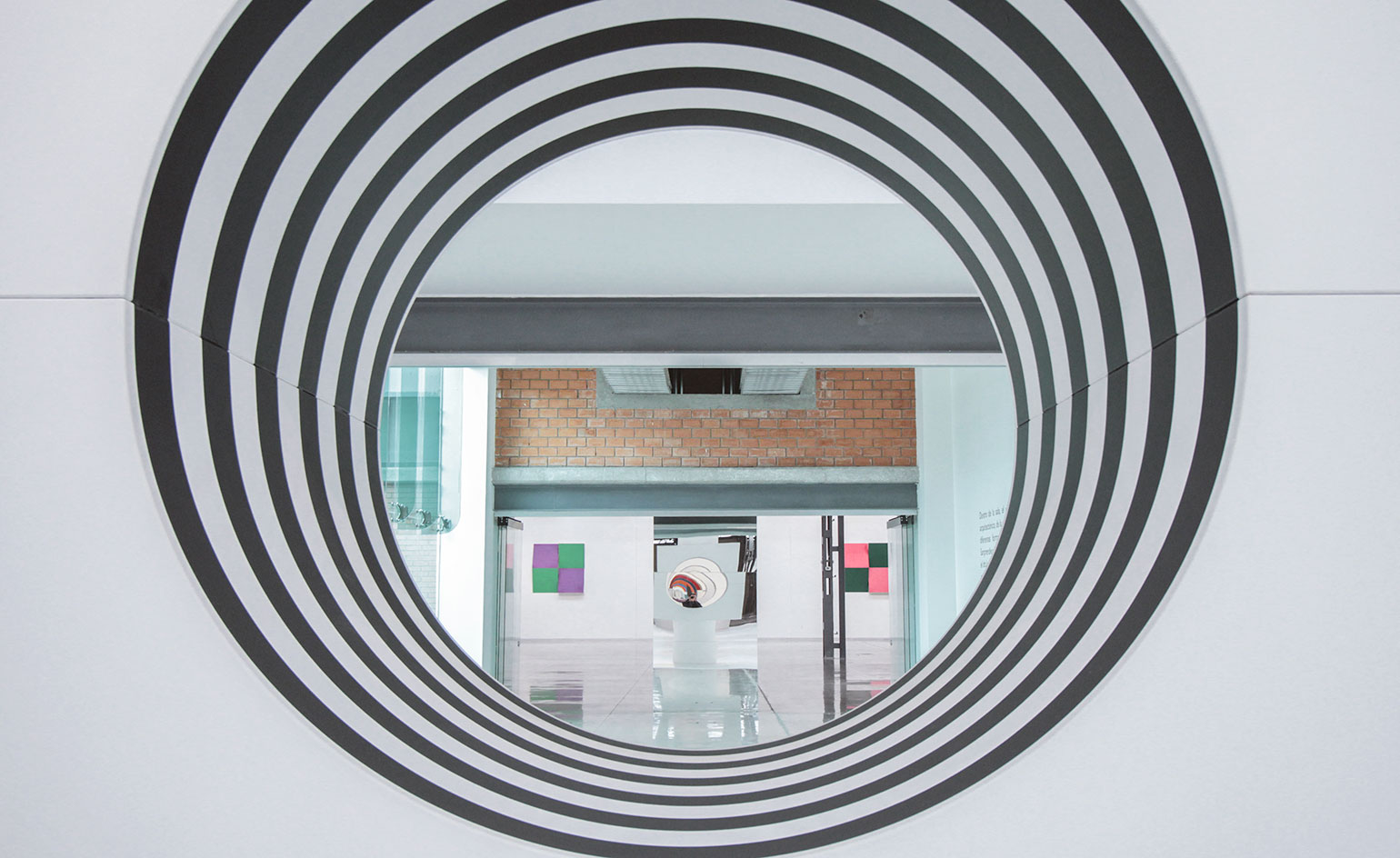
The chromatic architecture is punctuated by series of his striped bands, which meld minimalism and op art in a manner that might appeal equally to fans of KidKraft blocks and Victor Vasarely’s painting
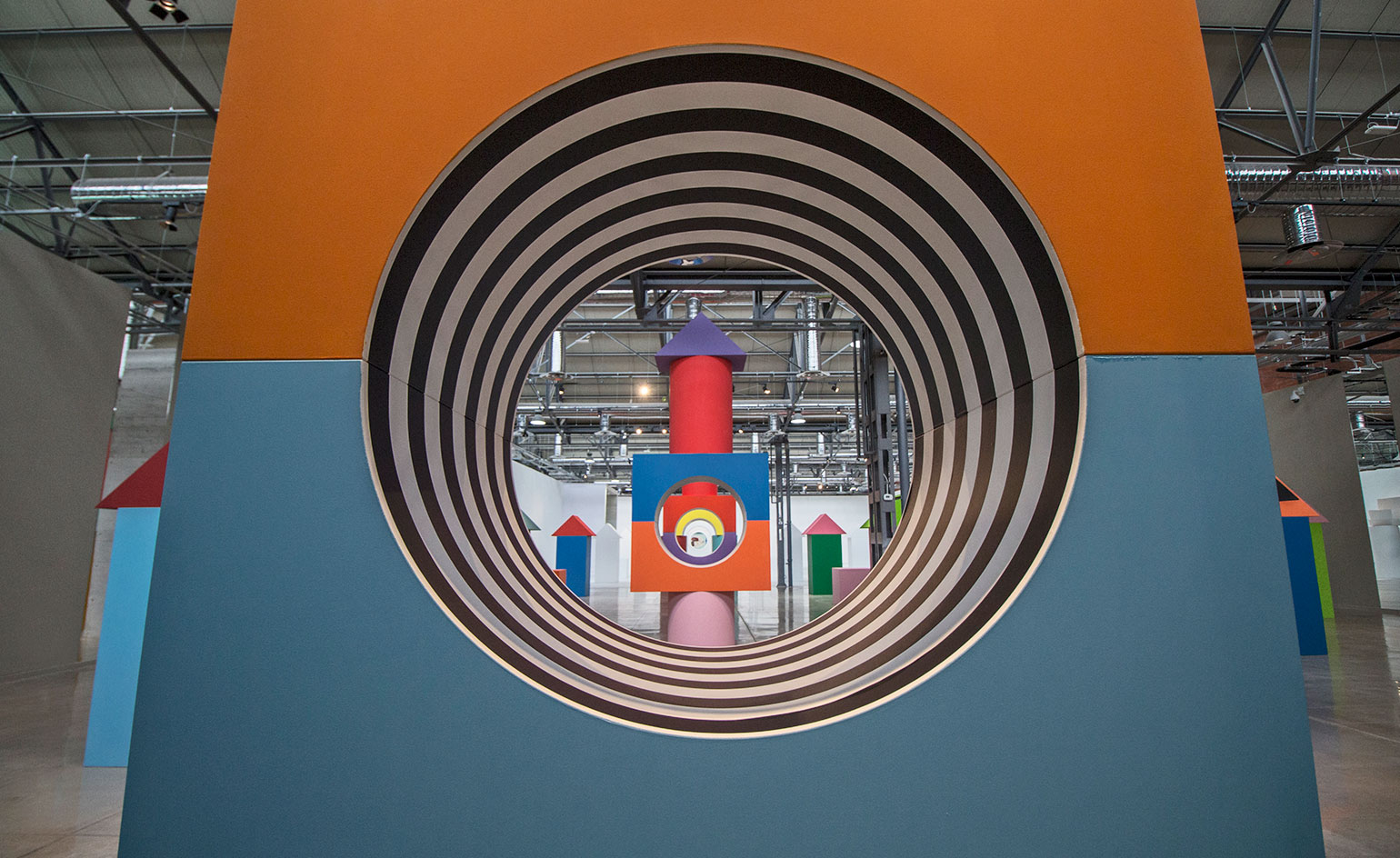
The installation was previously exhibited at the Museum of Modern and Contemporary Arts in Strasbourg and the Museo MADRE in Naples. ’While using the same elements,’ he says, ’we get much closer to the feeling of a village’
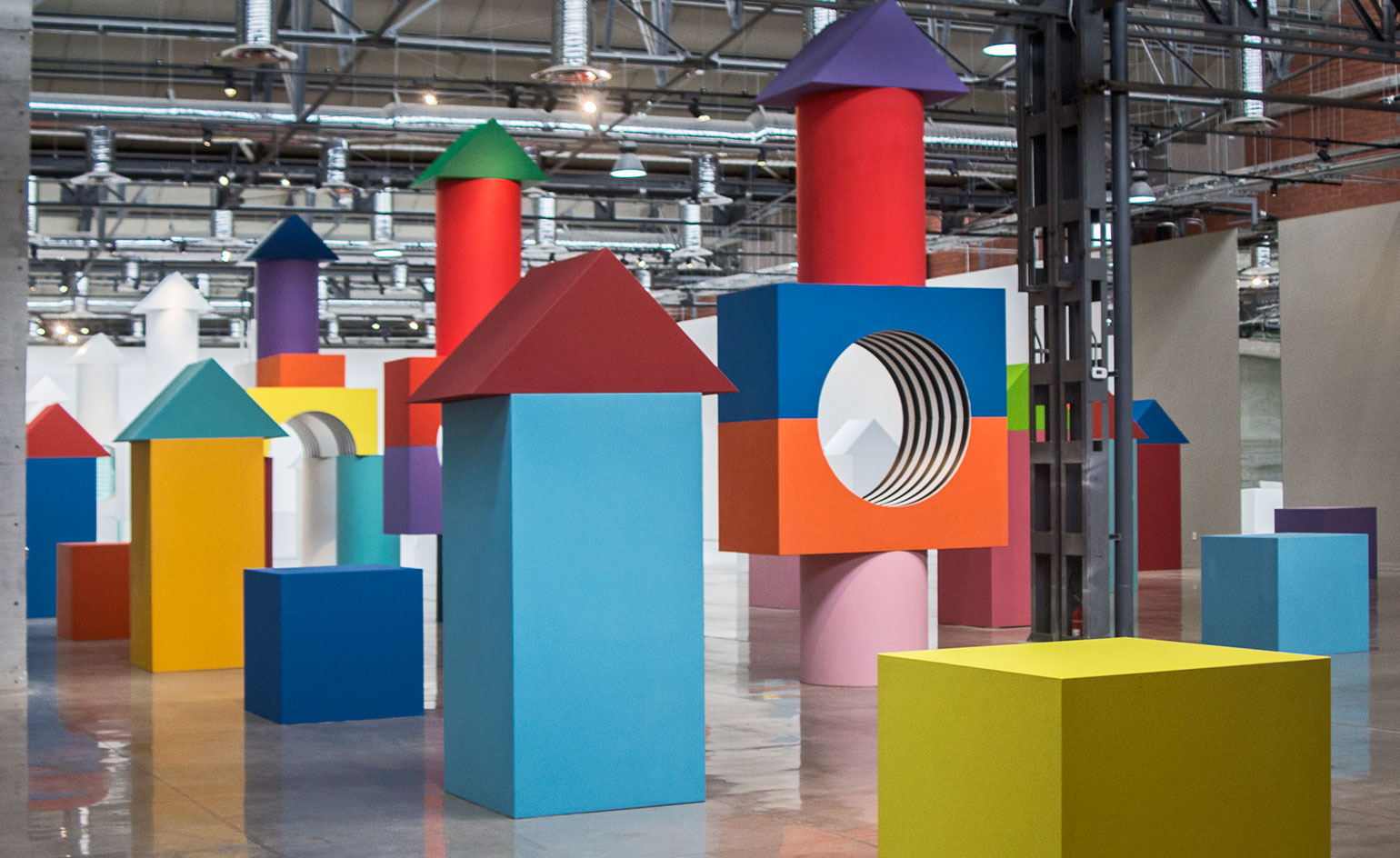
’I played with the abstract qualities of the space and the universal aspect of the objects – toys exist everywhere in the world – knowing that the objects change the space and are in turn being changed by the space,’ Buren explains
INFORMATION
’Daniel Buren: Como un juego de niño’ is on view until 2 October. For more information, visit the Museo Espacio website
ADDRESS
Museo Espacio
Av. Gómez Morín S/N Colonia Ferronales
Aguascalientes
Photography: Beto Gutierrez. Courtesy of Museo Espacio
-
 La Monique brings the French Riviera to Santa Monica
La Monique brings the French Riviera to Santa MonicaA transportive room of velvet, candlelight, and Riviera chic, serving French favourites with a modern wink
-
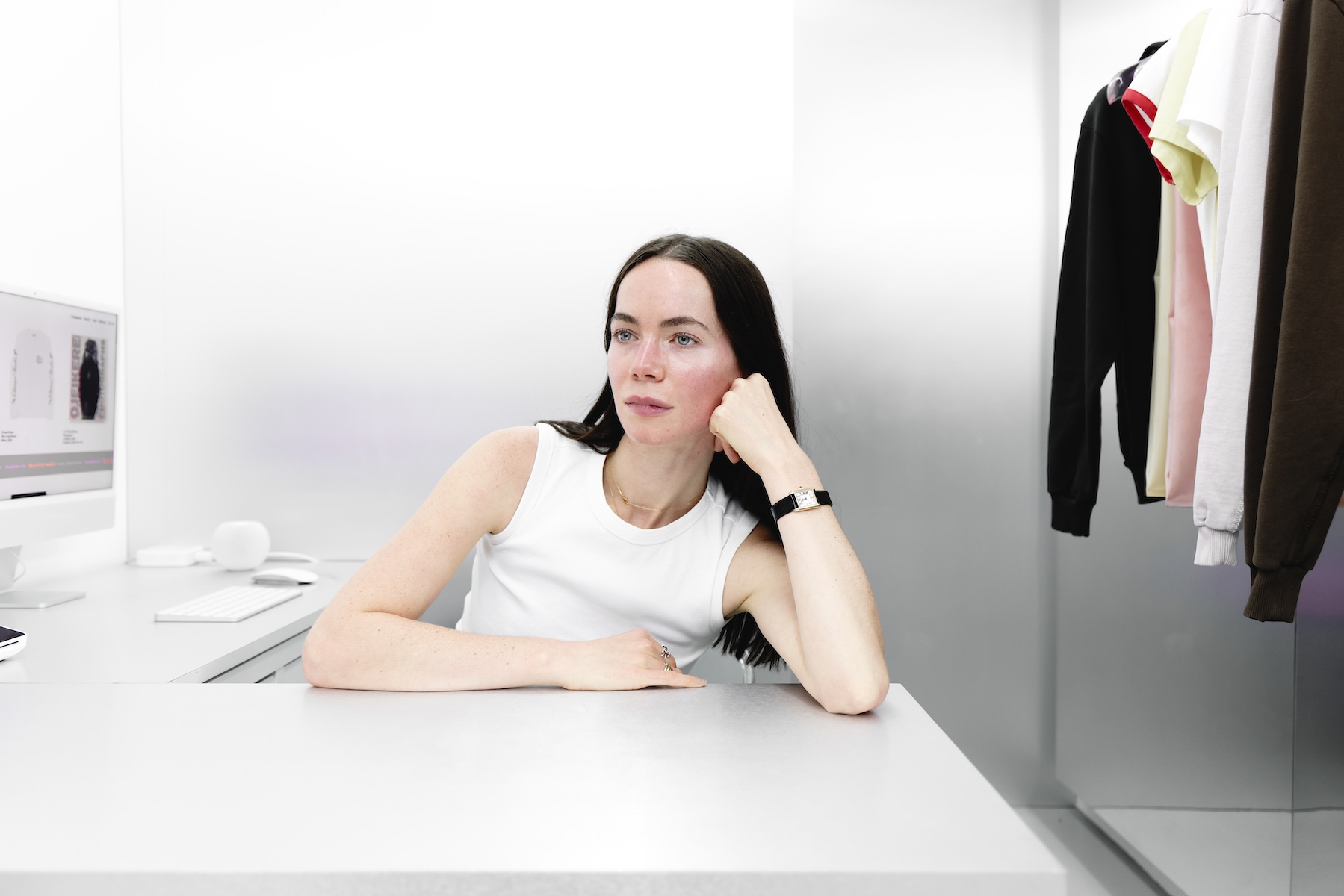 Kat Milne is the designer behind fashion’s most intriguing retail spaces
Kat Milne is the designer behind fashion’s most intriguing retail spacesInfused with elements of the surreal, Kat Milne has designed stores for the likes of Marc Jacobs, Sandy Liang and A24. ‘People are looking for a more tactile experience,’ she tells Wallpaper*
-
 A refreshed 1950s apartment in East London allows for moments of discovery
A refreshed 1950s apartment in East London allows for moments of discoveryWith this 1950s apartment redesign, London-based architects Studio Naama wanted to create a residence which reflects the fun and individual nature of the clients
-
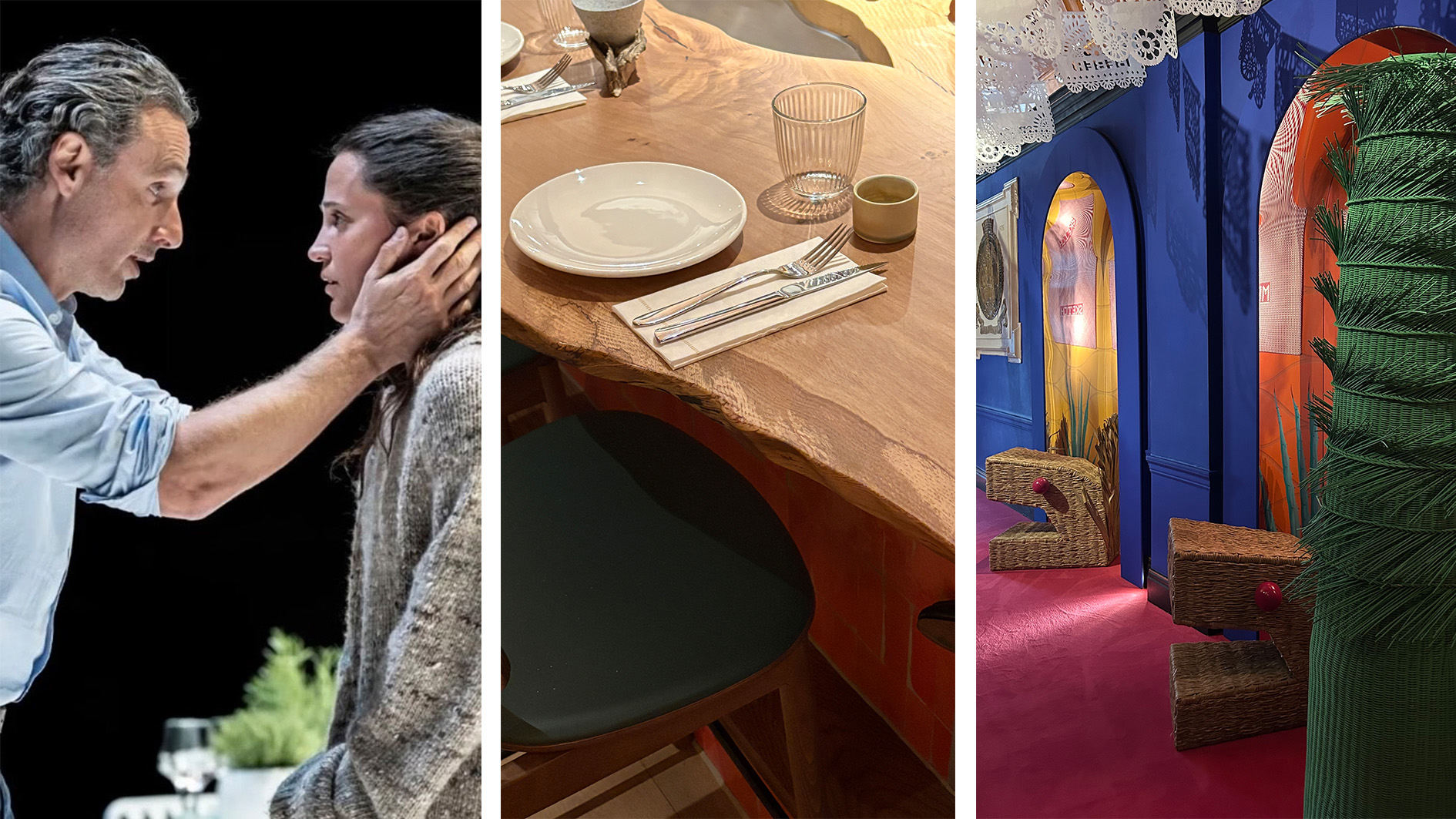 Out of office: the Wallpaper* editors’ picks of the week
Out of office: the Wallpaper* editors’ picks of the weekAnother week, another sweep of culture in the capital and beyond for the Wallpaper* team. This time: hidden book fairs, standout theatre, and a taste of the Mediterranean – from a Spanish showcase to seafood in the Portuguese archipelago
-
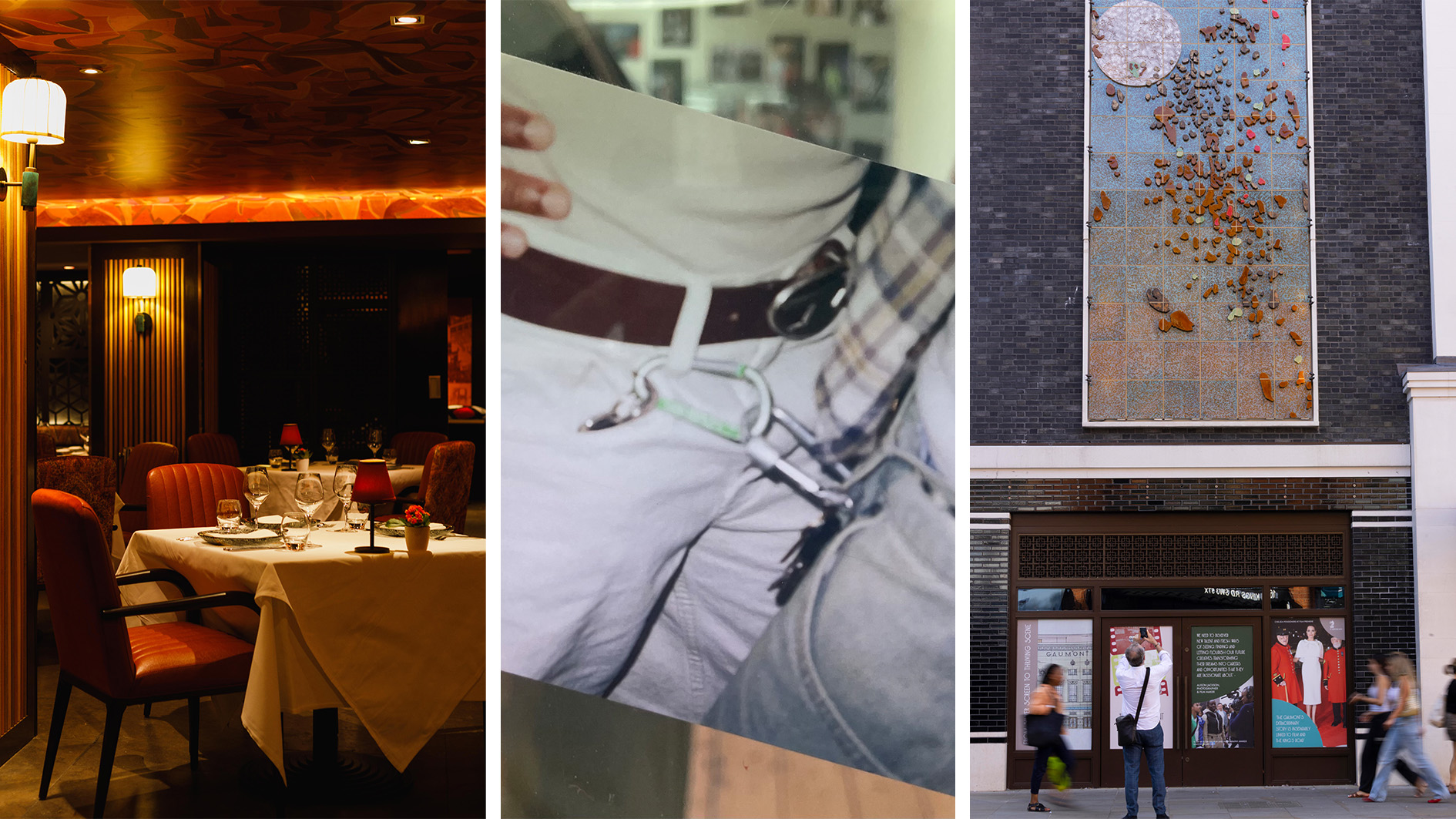 Out of office: the Wallpaper* editors’ picks of the week
Out of office: the Wallpaper* editors’ picks of the weekSummer holidays are here, with Wallpaper* editors jetting off to some exceptional destinations, including highly recommended Mérida in Mexico. Then it’s back to work, or, for one editor, back to school…
-
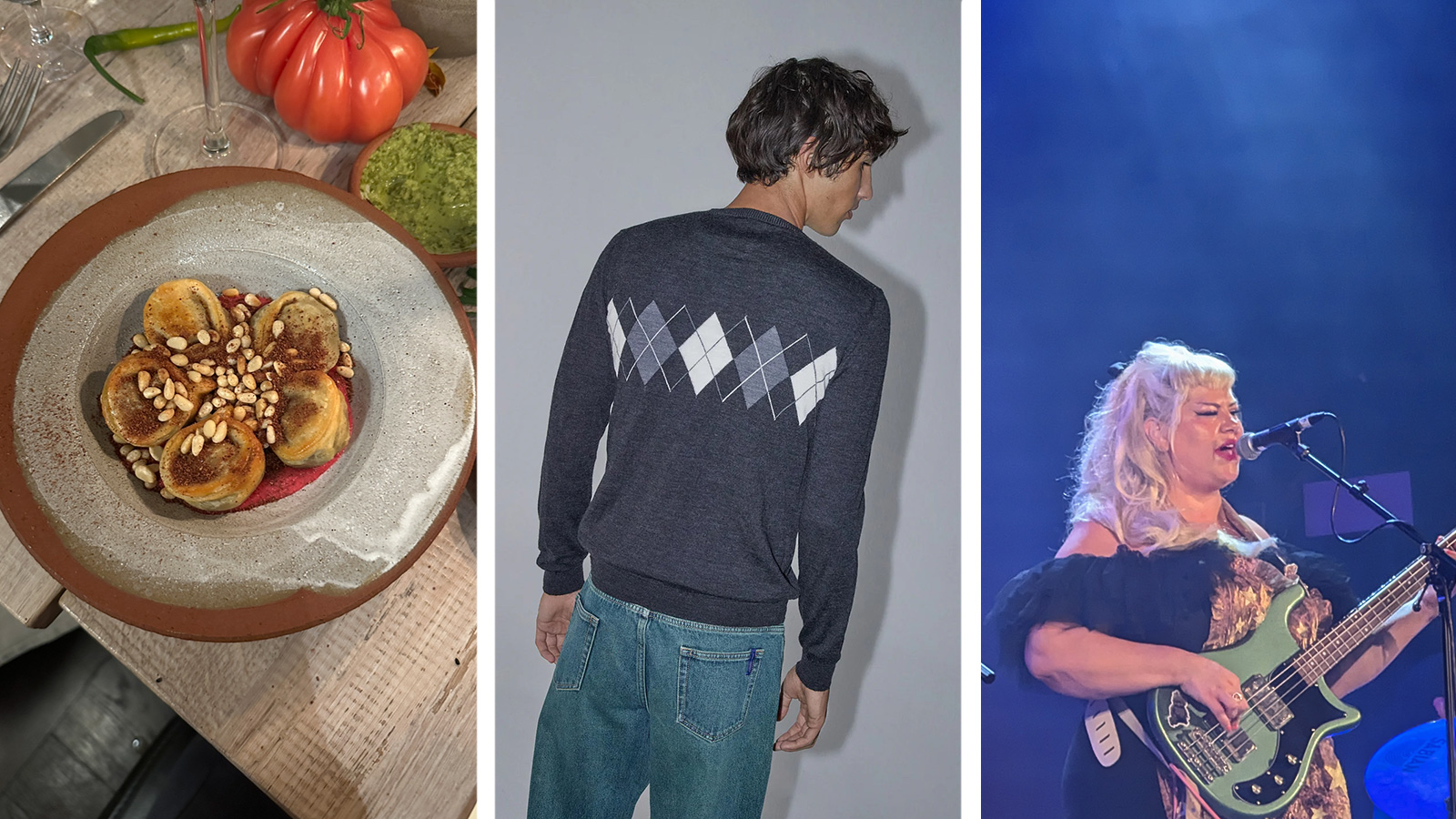 Out of office: what the Wallpaper* editors have been doing this week
Out of office: what the Wallpaper* editors have been doing this weekInvesting in quality knitwear, scouting a very special pair of earrings and dining with strangers are just some of the things keeping the Wallpaper* team occupied this week
-
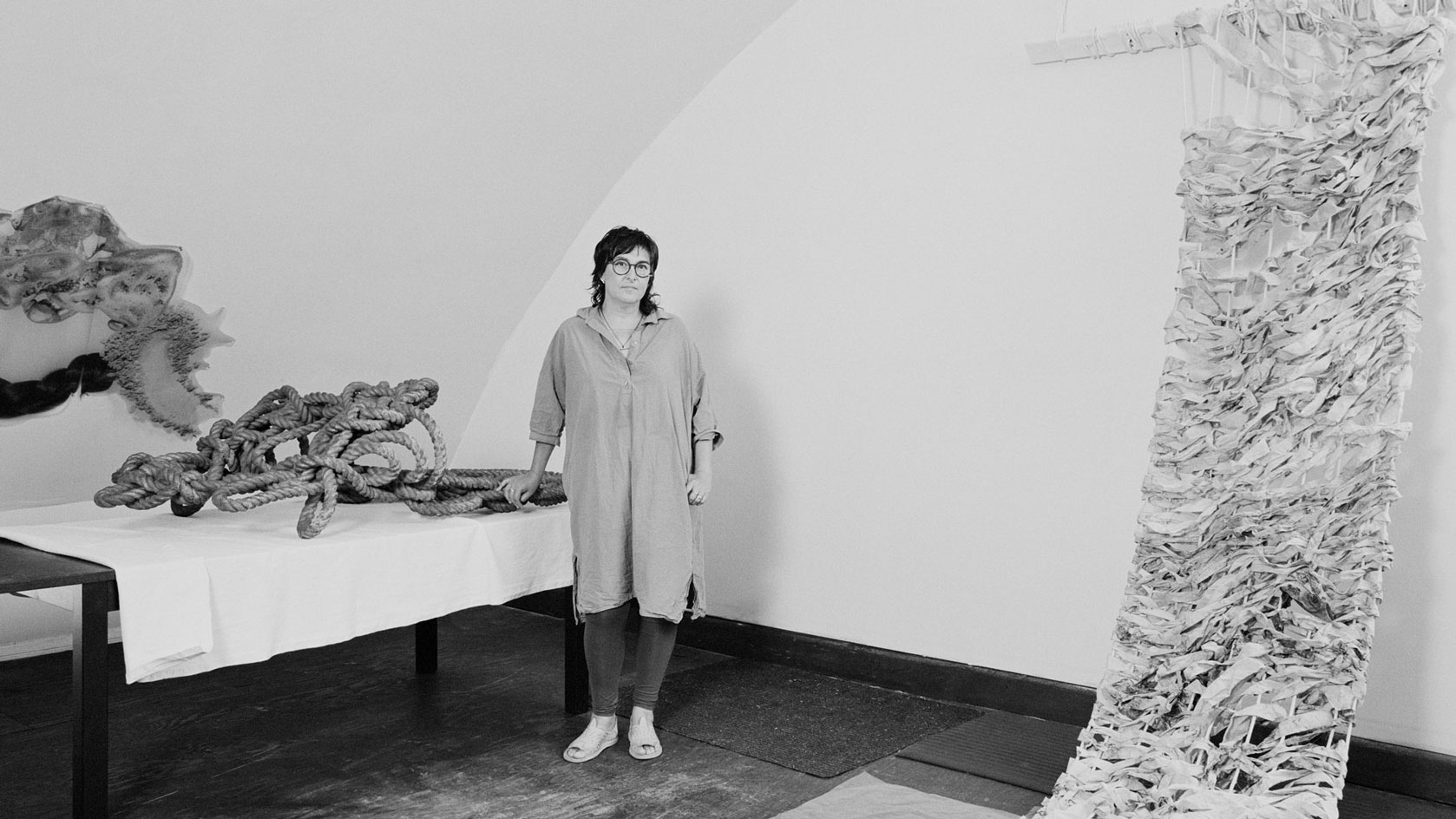 Tanya Aguiñiga: the artist weaving new narratives for borderless creativity
Tanya Aguiñiga: the artist weaving new narratives for borderless creativityWe profile LA-based artist and Loewe Foundation Craft Prize finalist Tanya Aguiñiga, whose work explores life on the US-Mexico border and seeks to empower transnational voices
-
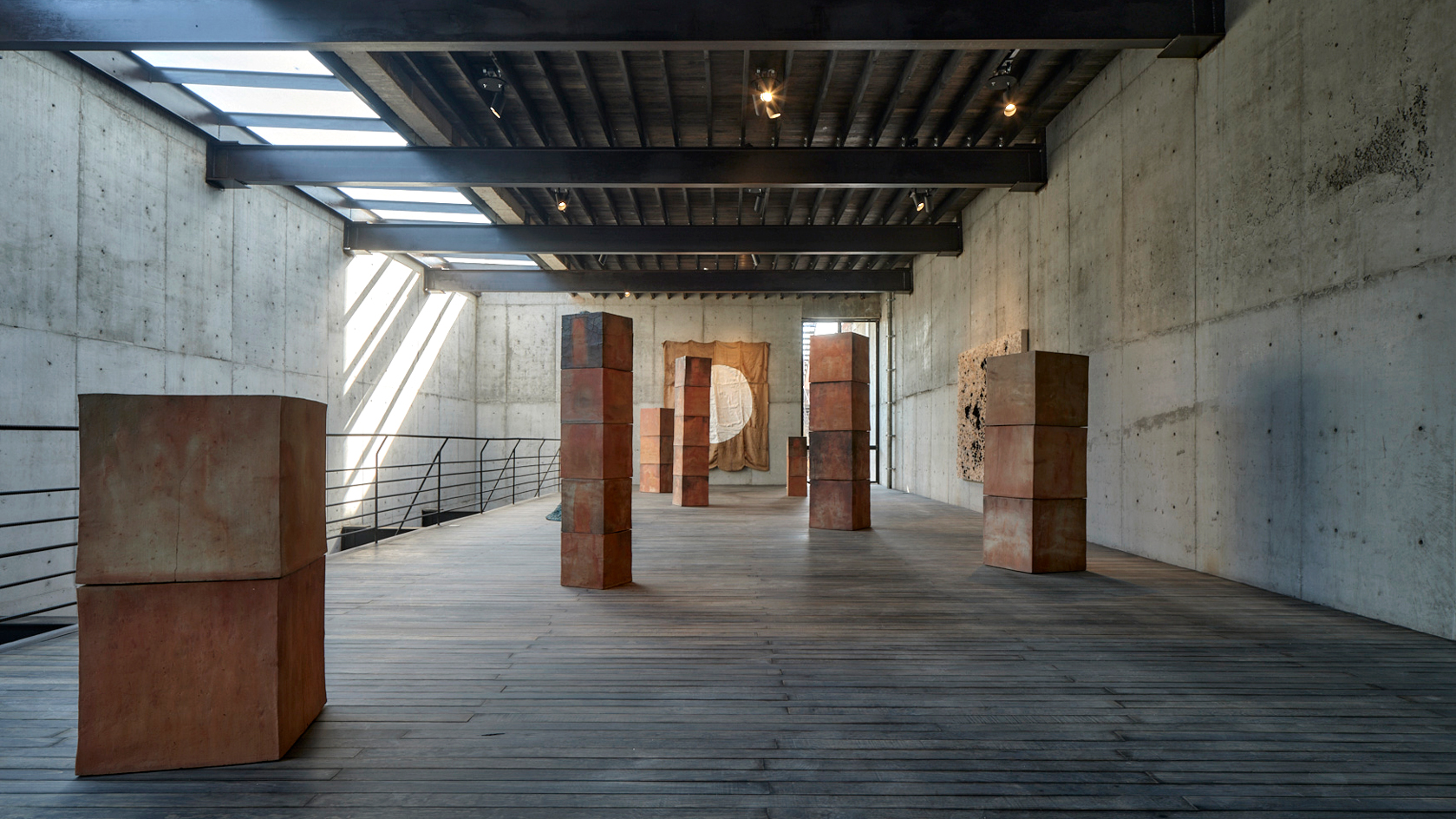 Bosco Sodi’s monumental new Mexico City studio is a multifunctional feat
Bosco Sodi’s monumental new Mexico City studio is a multifunctional featAs Bosco Sodi unveils his new Studio CMDX in Atlampa, Mexico City, we speak to the artist about how the vast Alberto Kalach-designed former warehouse is a feat in multitasking
-
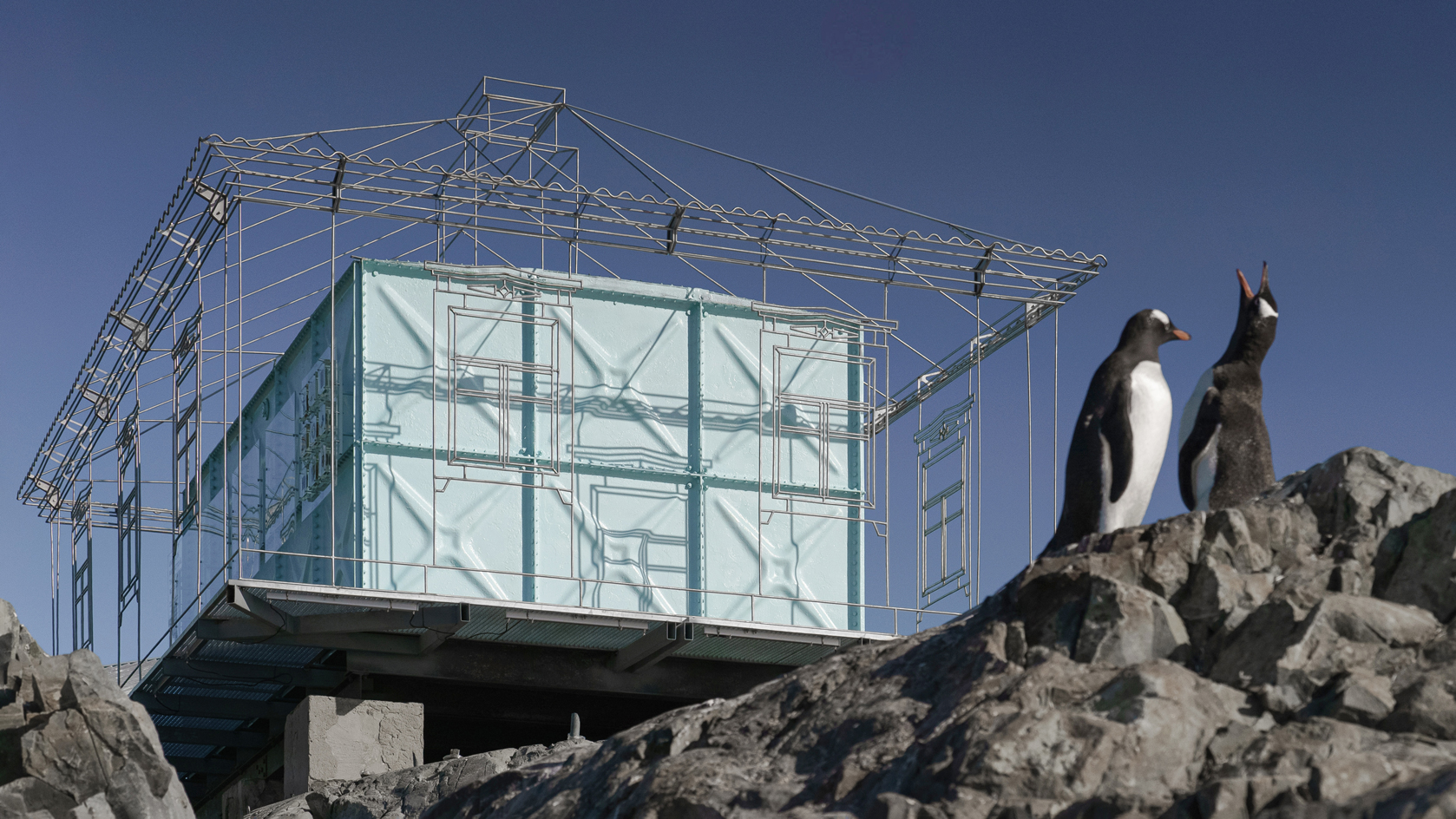 Remote Antarctica research base now houses a striking new art installation
Remote Antarctica research base now houses a striking new art installationIn Antarctica, Kyiv-based architecture studio Balbek Bureau has unveiled ‘Home. Memories’, a poignant art installation at the remote, penguin-inhabited Vernadsky Research Base
-
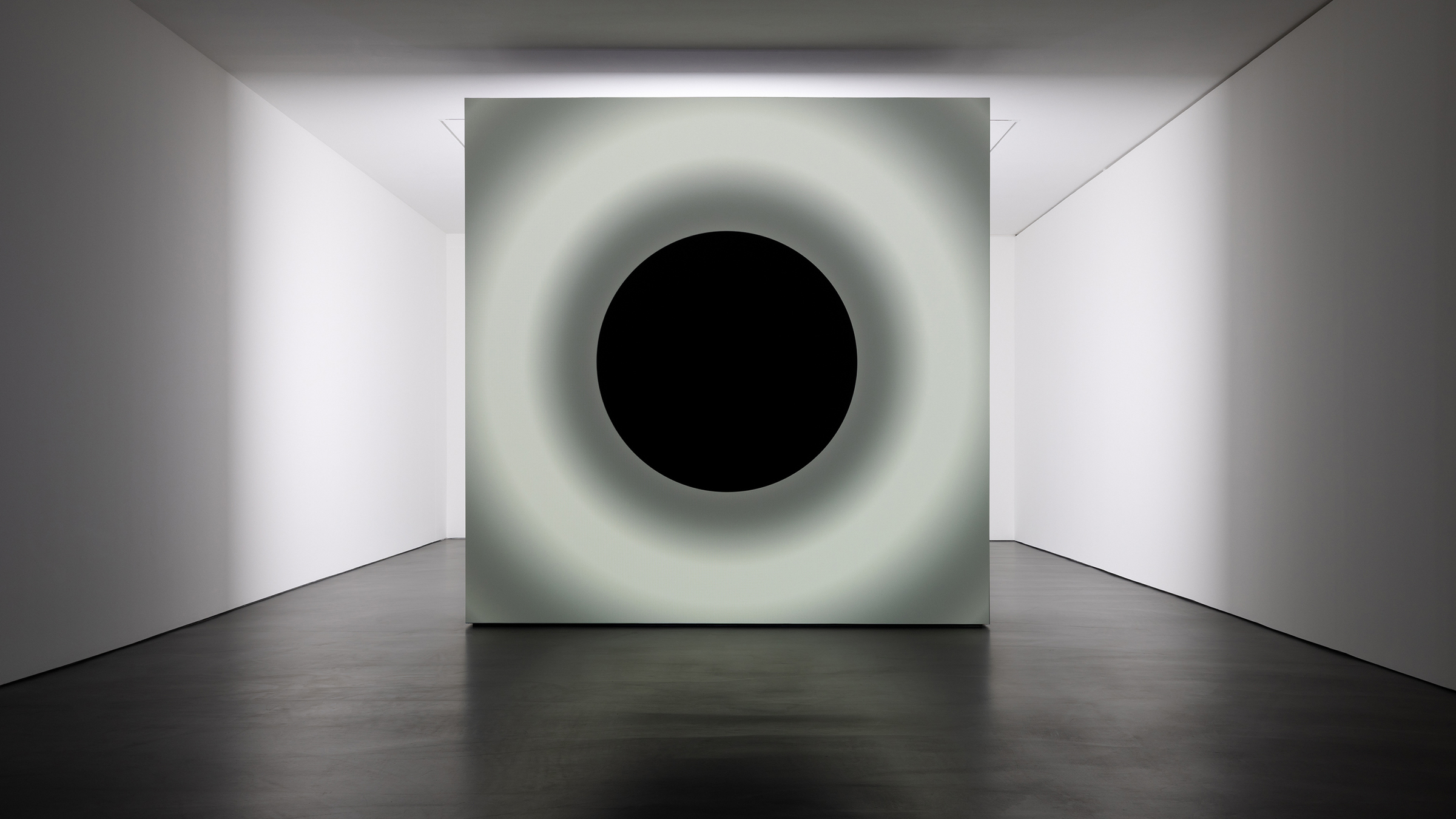 Ryoji Ikeda and Grönlund-Nisunen saturate Berlin gallery in sound, vision and visceral sensation
Ryoji Ikeda and Grönlund-Nisunen saturate Berlin gallery in sound, vision and visceral sensationAt Esther Schipper gallery Berlin, artists Ryoji Ikeda and Grönlund-Nisunen draw on the elemental forces of sound and light in a meditative and disorienting joint exhibition
-
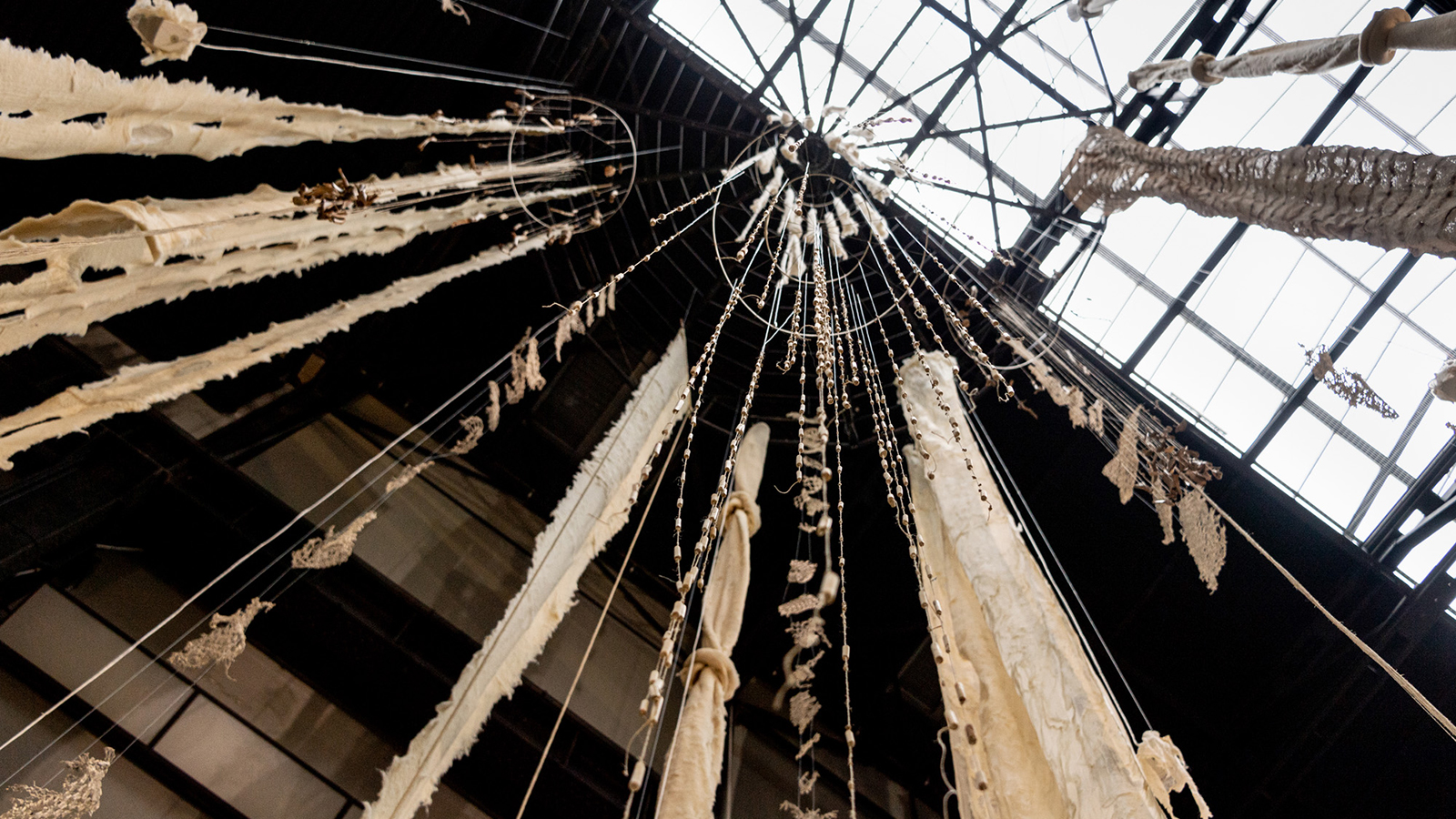 Cecilia Vicuña’s ‘Brain Forest Quipu’ wins Best Art Installation in the 2023 Wallpaper* Design Awards
Cecilia Vicuña’s ‘Brain Forest Quipu’ wins Best Art Installation in the 2023 Wallpaper* Design AwardsBrain Forest Quipu, Cecilia Vicuña's Hyundai Commission at Tate Modern, has been crowned 'Best Art Installation' in the 2023 Wallpaper* Design Awards